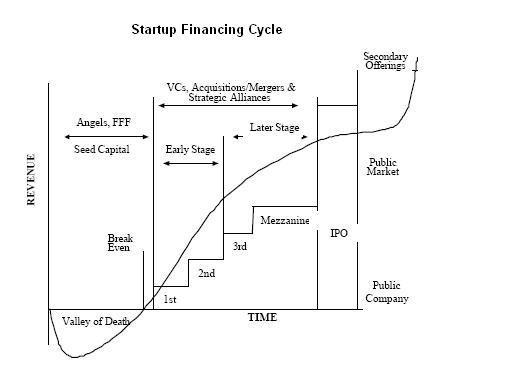Had a mentoring discussion with some fellow mentors today and when asked how many sales calls a...
Sales
Many people don’t think its possible to get a customer to fund your business, but it really...
Capture every contact and keep communicating with them regularly Many new business owners are looking for customers...


